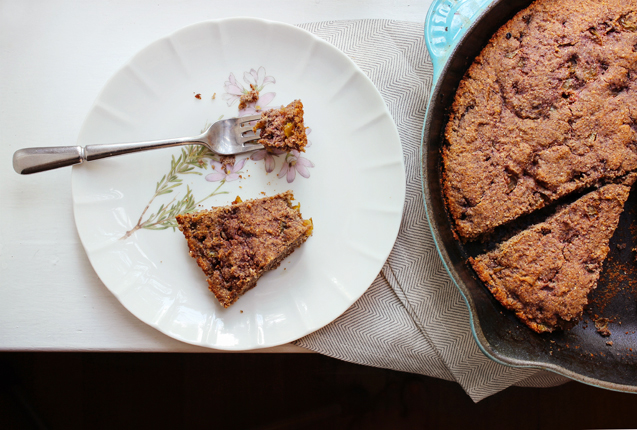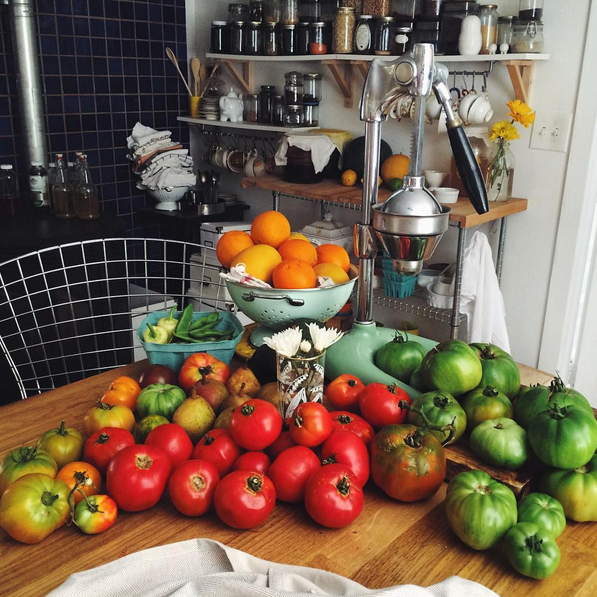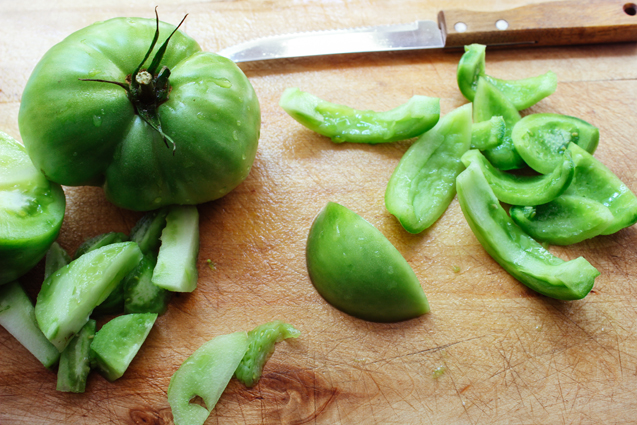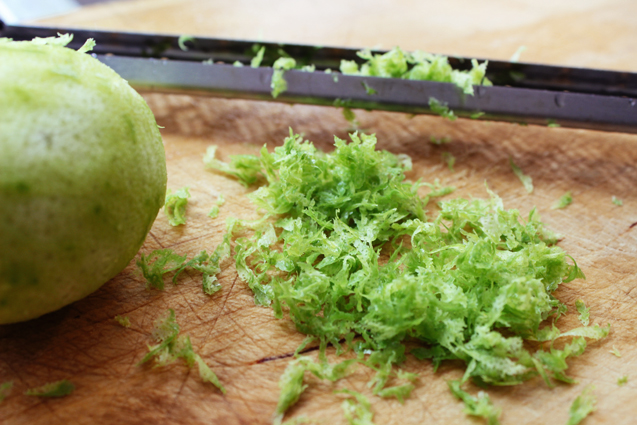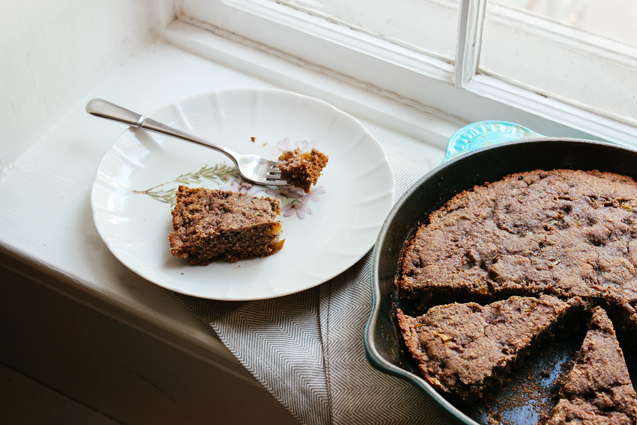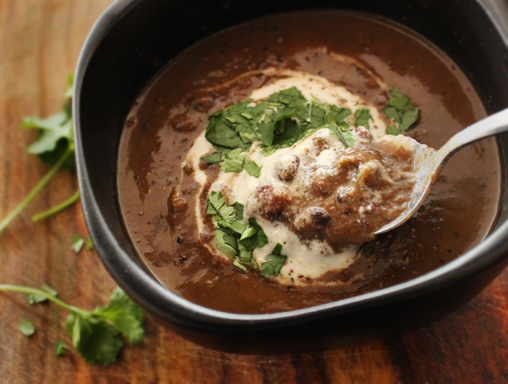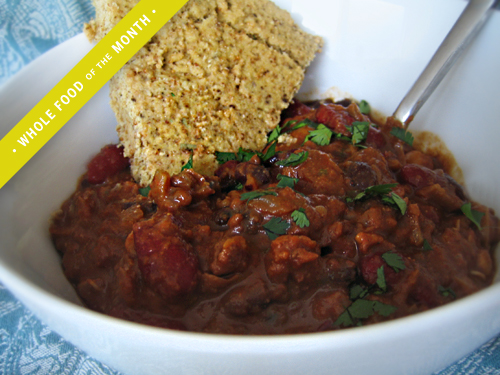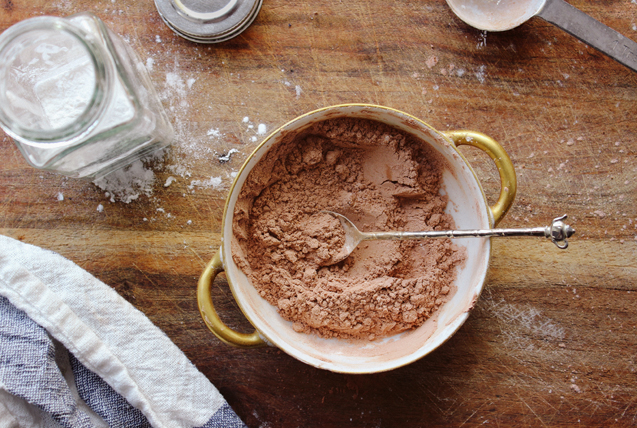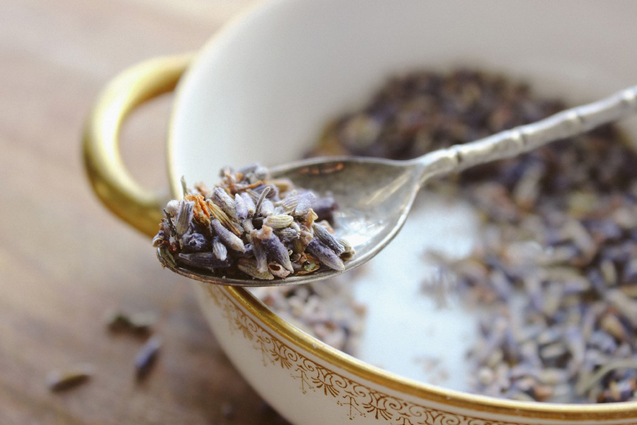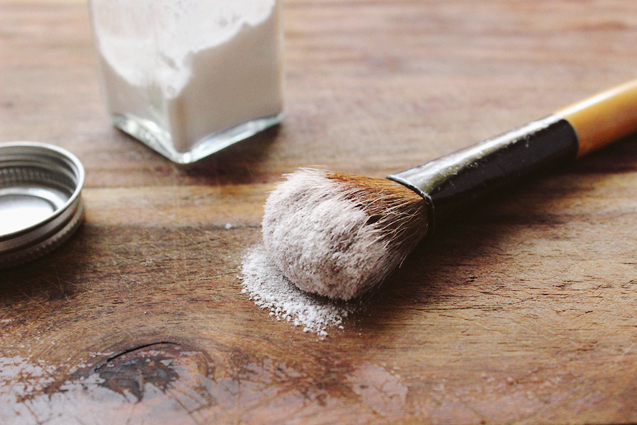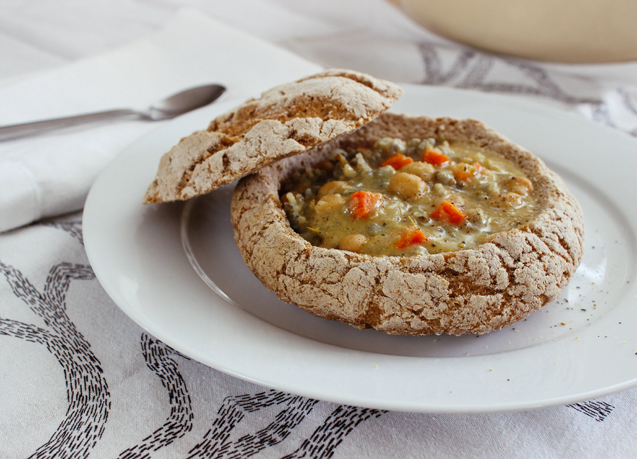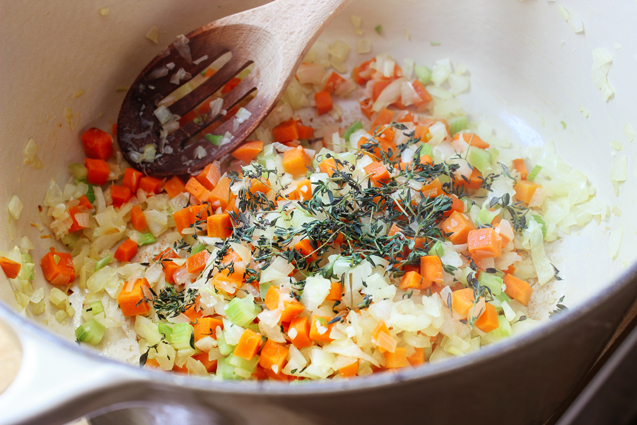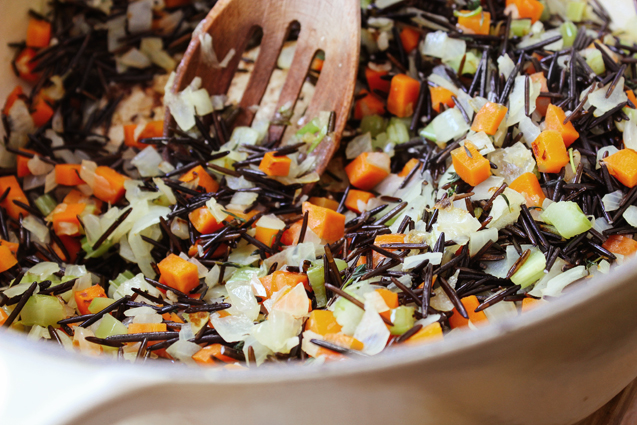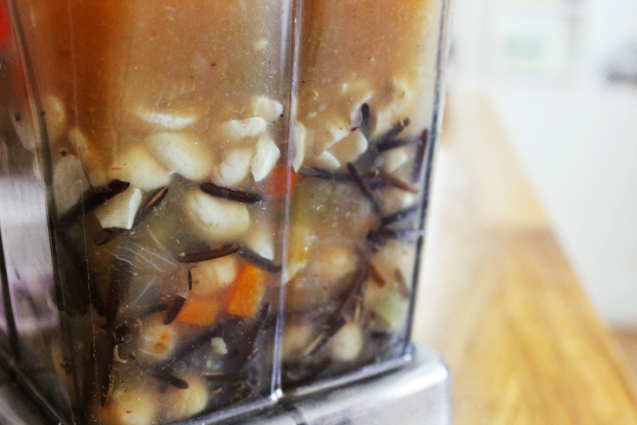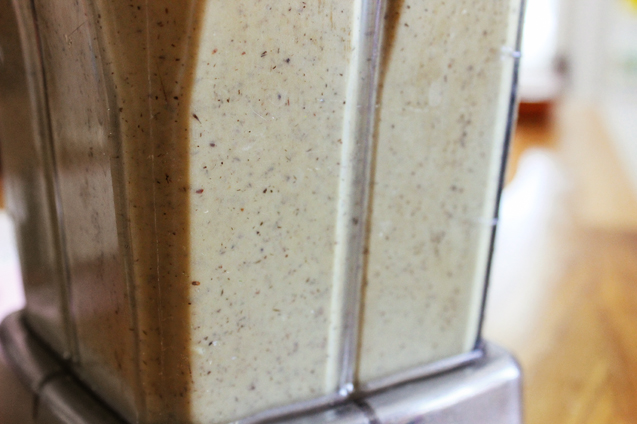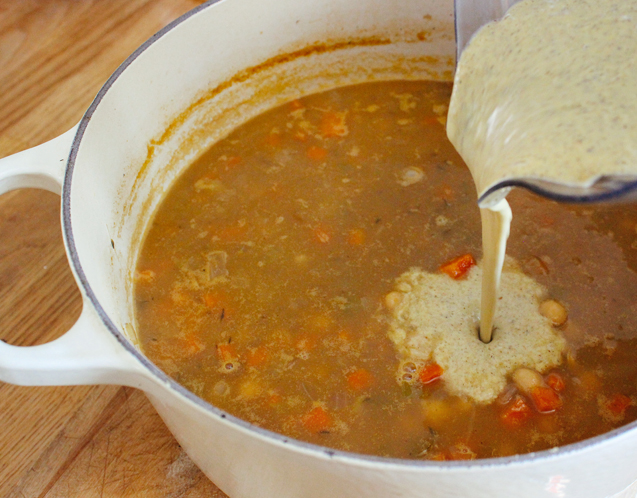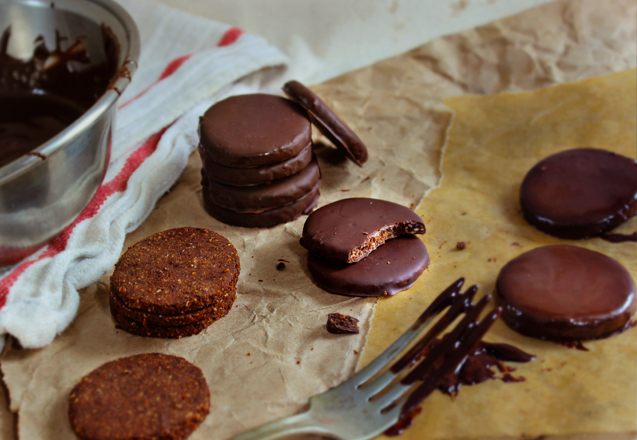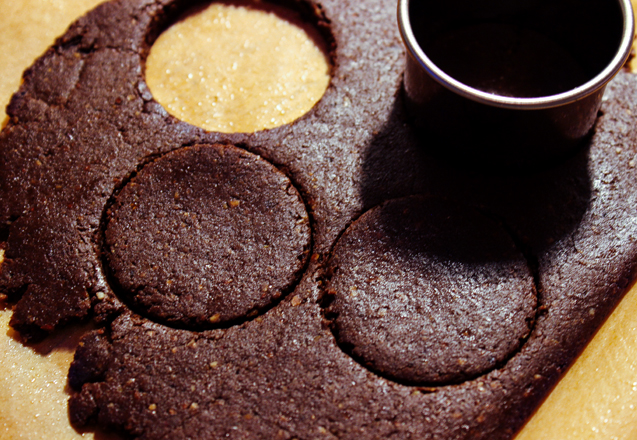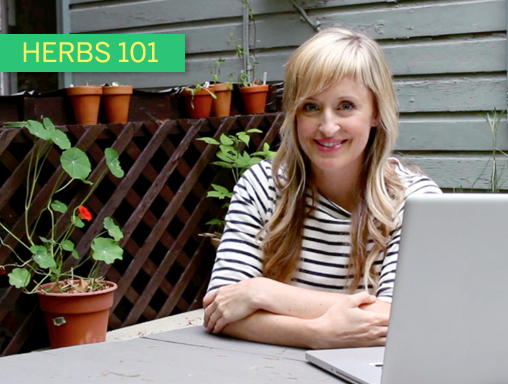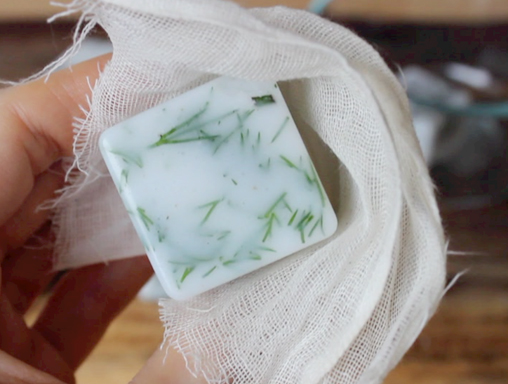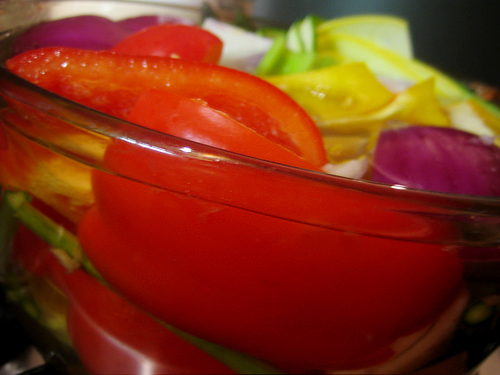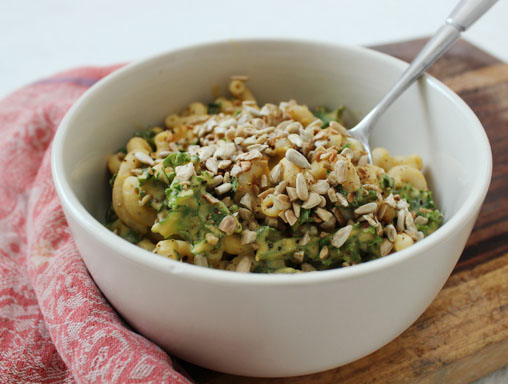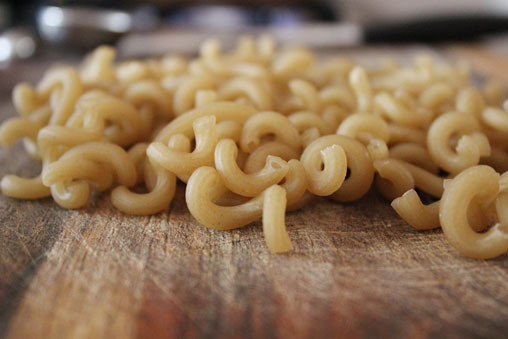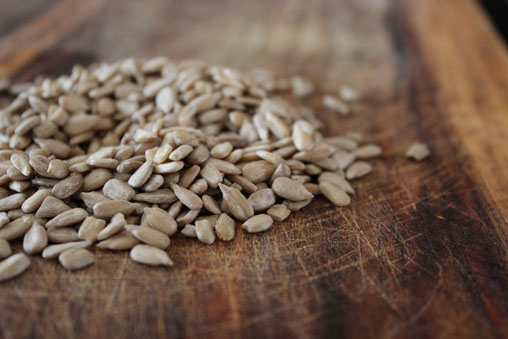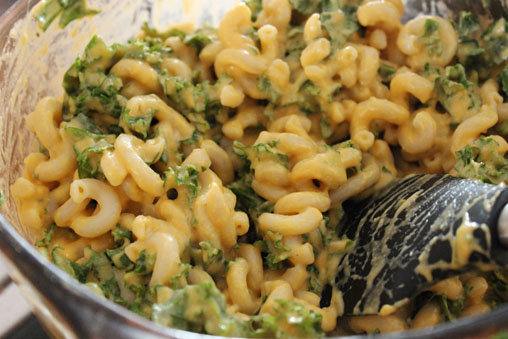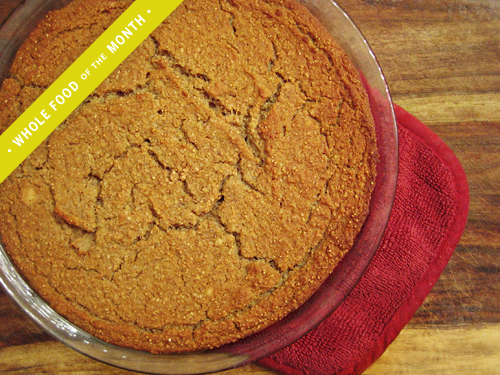The sense of community and generosity in my sweet little town just can’t be beat.
Every summer, my gardening pals and neighbors drop off bumper crop goodies like melon, peppers, onions, herbs, beans and of course, tomatoes. My kitchen island (and beyond) is completely covered with tomatoes of all sizes, and colors.
It’s inspired me to get creative and make sure each and every one of these beauties ends up in a delicious bite I can enjoy and share with my gifters as thanks. As some of you know, especially you Instagram friends‚ I’ve been working on a project that has to do with gluten-free, plant-based bread baking. I’m sooo close to sharing it with you, but in the meantime, since “bread” is where my brain is these days, I thought I’d get those green tomatoes in a quick Green Tomato Skillet Bread for you to enjoy while it’s high tomato season.
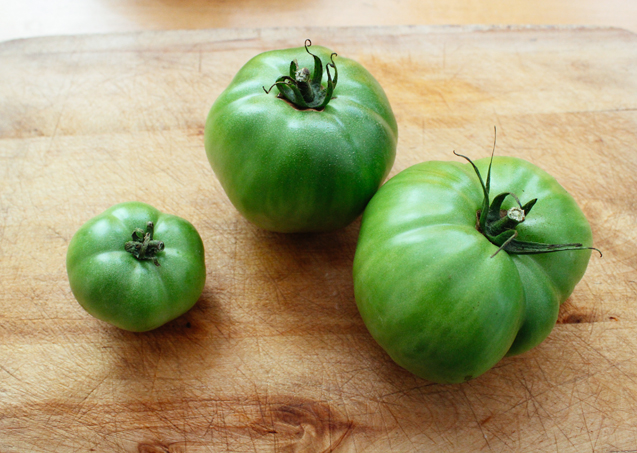
If you don’t have an oven-safe and/or cast iron skillet, you can use any muffin tin or high-heat baking pan you have for a skillet-style (low depth, not a loaf) quick bread. I also use two different sugars in this recipe for depth of flavor and moisture balance, but you can skip the honey if you like—just see the replacement suggestions below.
This bread makes a great breakfast slice, and it’s delicious served with my Multi-Bean Chili recipe and Black Bean Soup. Looking forward to hearing what you think of this recipe!
Tools:
Cast iron skillet*
Blender**
2 large glass bowls
Sieve or sifter
Silicone kitchen spatula or spoon
* You can always use a greased muffin tin, stoneware baking dish or any baking dish that can withstand high-heat baking.
**If you don’t have a blender you can use a bowl and some elbow grease to mix. The chia seeds will be whole in your bread versus blended—taste is the same.
Ingredients:
2 cups green tomatoes (about 3–4 large), seeded and diced
Dry:
1/4 cup sucanat (or coconut palm sugar) plus 1 tbsp for sautéing
1 1/4 cup non-GMO blue cornmeal (feel free to use yellow cornmeal if you like)
1/4 cup brown rice flour
1/2 cup sorghum flour
2 tbsp arrowroot flour
1/2 tsp aluminum-free baking soda
1/2 tsp aluminum-free baking powder
1 tsp fine ground sea salt
Wet:
3 tbsp coconut oil plus 1 tbsp for sautéing, 1–2 tsp for greasing skillet
2 tbsp wild-harvested honey (you can skip the honey and use 1/3 cup sucanat total in the dry ingredients instead, add 3 tbsp water to recipe if you don’t use honey)
2 tbsp fresh lime juice
2 tsp fresh lime zest
3/4 cup warm water
2 tsp chia seeds
Let’s get started.
1. Preheat oven to 450°F. Prep tomatoes (seed and dice)…
… and zest. If you don’t have a zester, simply slice off the peel of the lime (do your best to avoid the bitter white pith) and mince.
2. In a skillet heated to medium-high, add diced/seeded tomatoes…
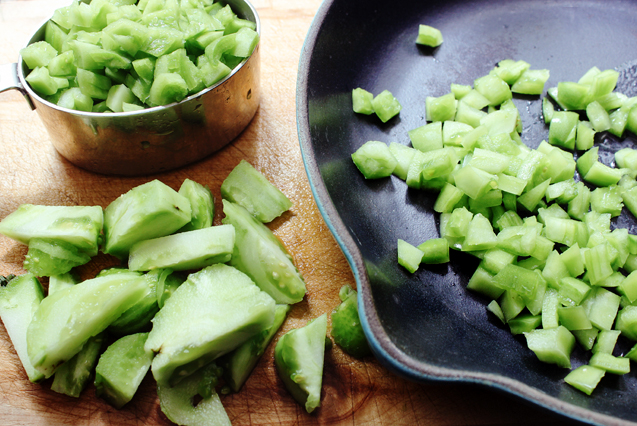
… 1 tbsp sucanat, 1 tbsp coconut oil and stir occasionally for 7–10 minutes, until tomatoes caramelize.
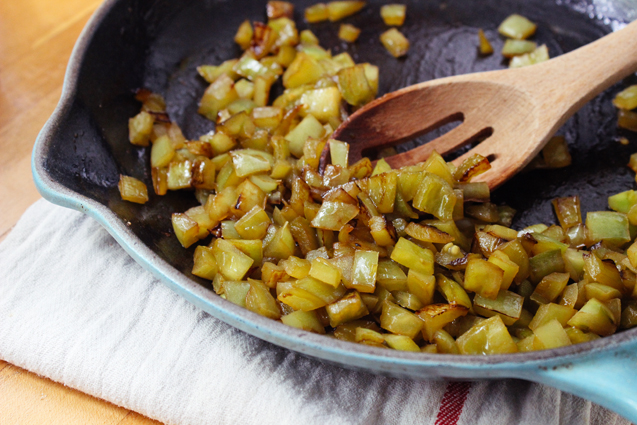
Remove from skillet and set aside. Add 1 tsp coconut oil to skillet and make sure all sides and bottom are coated—ready for baking. No need to wash, the goodness from caramelized tomatoes adds to the flavor of the bread.
3. In the blender, place all wet ingredients. Let sit for 3–5 minutes so chia can plumpen, then blend until smooth.
4. Sift together dry ingredients in a large bowl.
5. Mix together wet and dry ingredients…
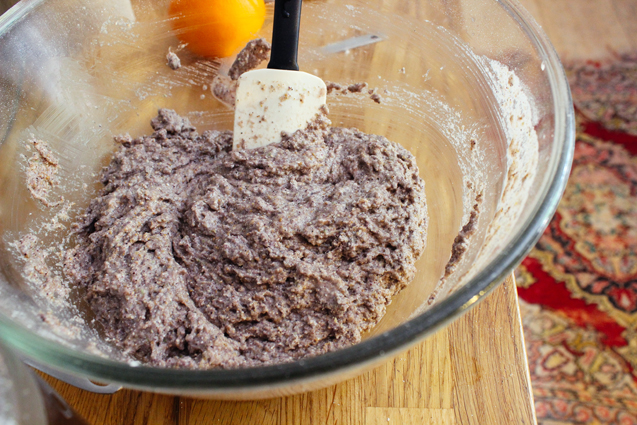
… and fold in caramelized tomatoes.
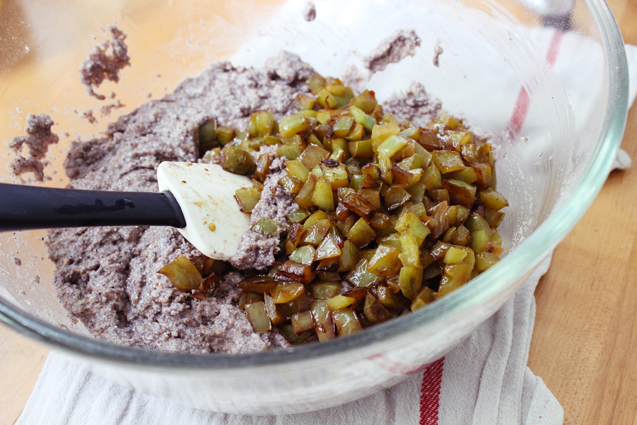
6. Transfer batter to skillet…
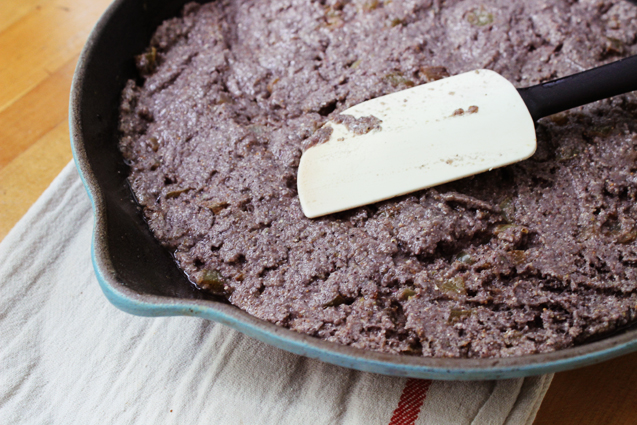
… and bake for 15 minutes. Allow to cool in pan and serve.
Store in an airtight container in the fridge and reheat in the oven for 5 minutes if you like.
Try with:
or my Multi-Bean Chili
Tell me what you think of this recipe with a comment below!
